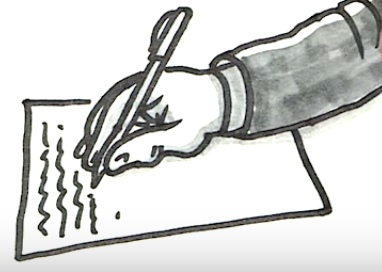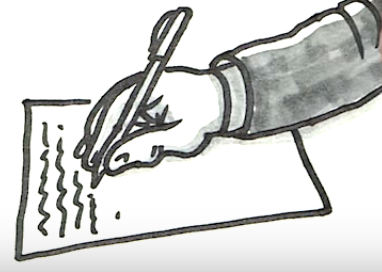15/8/2016
It seems that briefs are a necessary evil when clients and creatives do business together.
Necessary because how else does a client explain what they want to a third party?
And evil because, well, one size rarely fits all. No one likes to feel squashed into a box when they’re more of a triangle.
It’s hard to go past a briefing template.
Templates are there for the basic questions that every brief needs to answer. Contacts, deadlines, budget, that sort of thing.
But there’s much more that a good brief should be.
(And that doesn’t mean make a brief long)
It’s about asking the right questions and listening and clearly understanding the answers.
It’s about understanding the why? The what? And the problem that needs to be solved.
A brief comes out of a need. A need to solve a business problem. To promote a new idea. To explain a new process.
There’s a need to communicate and the brief is the clarification.
The brief is the time to think about your audience? Who are they? Why should they listen to what you have to say?
And what about tone? Not as in middle C, but as in attitude.
A brief is also the time to think about the takeaway, the call to action. What is it you want to achieve? What’s the best way of getting this done?
And that, very briefly, is a brief.
Remember, you don’t have to know it all. Blank spaces are for doodling after all. And doodling, especially in our Sketchy World, leads to some pretty amazing things.
All you have to do, is brief.




